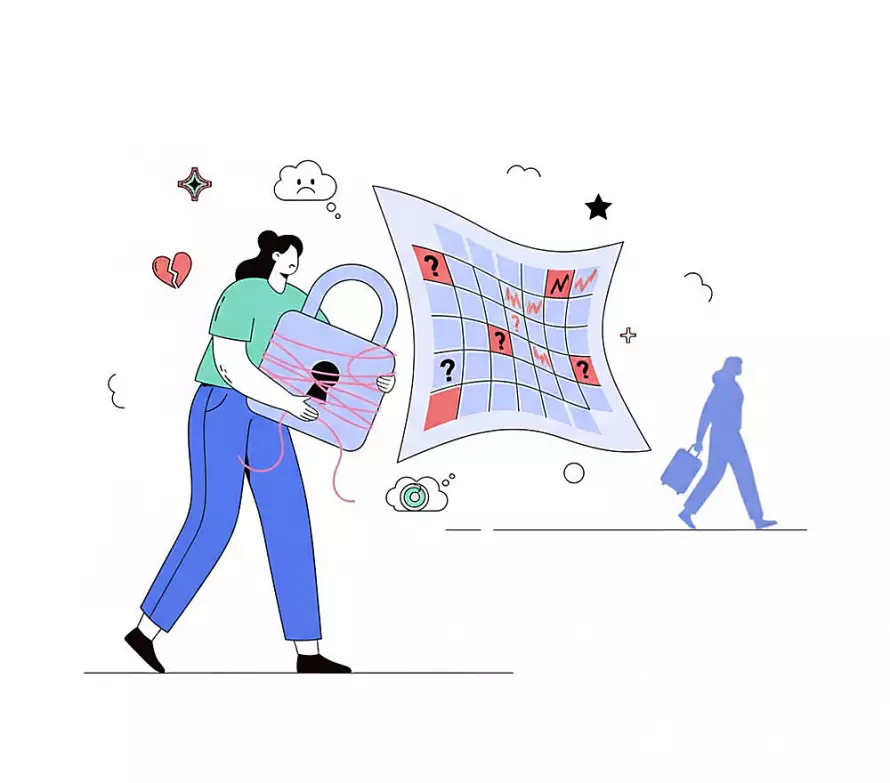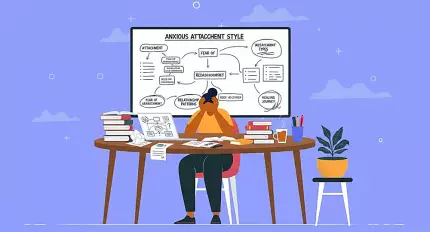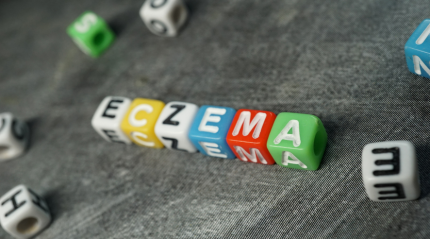How to Deal With Anxious Avoidant Attachment Style
- 25 September 2025

The Nature of Attachment Styles
Attachment styles play a significant role in how individuals relate within relationships. Different styles can affect emotional dynamics and interpersonal connections. Understanding these can help in fostering healthier relationships.
Identifying and Understanding Anxious Attachment
Anxious attachment style is characterized by a deep fear of abandonment and a desire for closeness. Those who exhibit this style often need constant reassurance and have a stronger emotional response to relationship challenges.
The Characteristics of Anxious Preoccupied Attachment
Individuals with an anxious preoccupied attachment style tend to have a longing for closeness and intimacy, which often leads to dependency on partners. This style is often marked by a preoccupation with the relationship status and partner's feelings.
Exploring Anxious Avoidant Attachment
People with an anxious avoidant attachment generally exhibit a mixed pattern of behavior. They may desire close relationships but also feel uncomfortable with too much dependency or closeness. This dynamic often leads to a cycle of emotional distancing and seeking reassurance.
Anxious Avoidant Attachment in Relationships
The presence of an anxious avoidant attachment style in relationships can create tension and misunderstanding. Partners might struggle with balancing the desire for intimacy with a fear of losing independence.
The Impact of Anxious Attachment Style
An anxious attachment style in relationships may result in negative patterns such as clinginess or over-dependence. Recognizing these patterns early can be pivotal in learning to manage them effectively. Read more on https://42nteam.app.link/beamnd-drive page about your attachment style.
Approaches to Healing and Managing Attachment Styles
Healing Anxious Attachment Style
Learning how to heal anxious attachment style involves increasing self-awareness and practicing self-soothing techniques. Therapy and building healthier relationship dynamics are beneficial approaches.
Fixing Anxious Attachment Patterns
For those eager to learn how to fix anxious attachment style, gradual exposure to secure relationships and practicing emotional regulation can promote healthier attachment behaviors.
Understanding Anxious Disorganized Attachment
The anxious disorganized attachment style features unclear attachment strategies. Those affected might alternate between seeking closeness and pushing partners away, necessitating a more targeted therapeutic strategy.
Strategies for Achievement of Secure Attachments
- Cultivate self-awareness and introspection to understand personal triggers and responses.
- Engage in communication practices that promote openness and honesty.
- Seek therapy or counseling to address deep-seated patterns and beliefs.
- Implement strategies for emotional regulation and self-soothing to counteract anxious triggers.
- Foster relationships that emphasize security, mutual respect, and trust.




